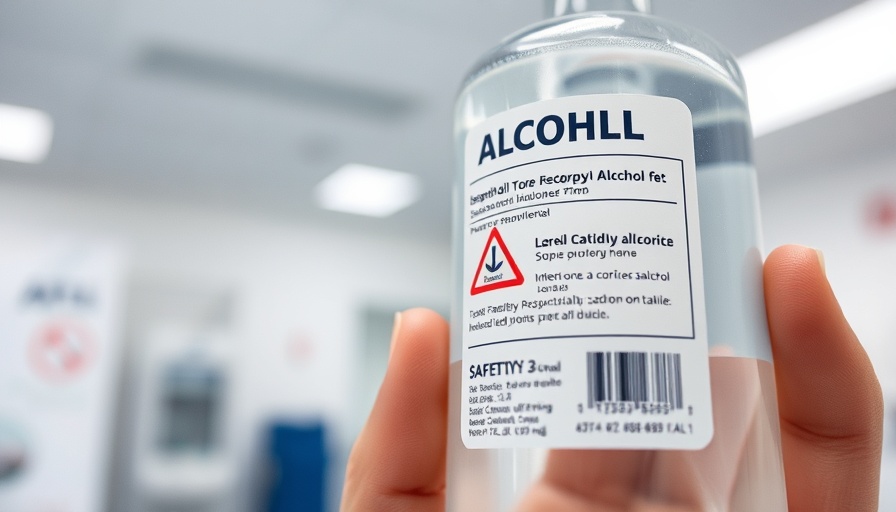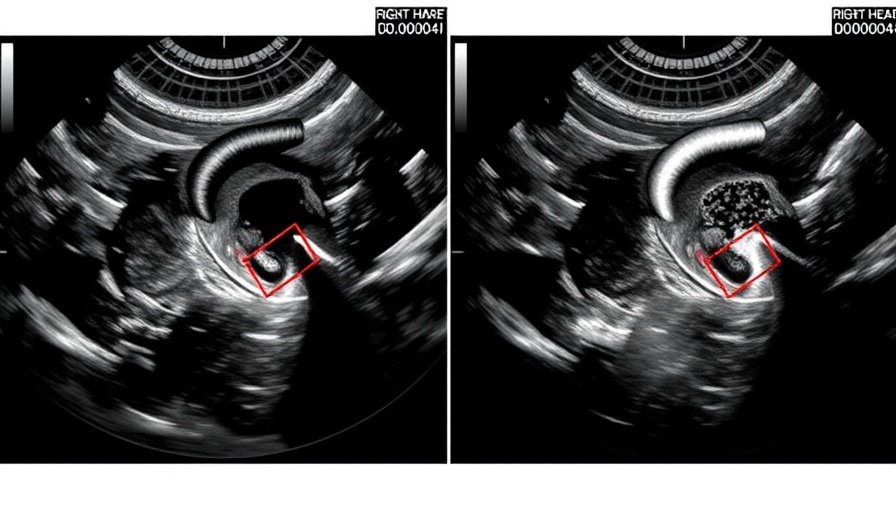
Understanding Oclacitinib: A Double-Edged Sword
Oclacitinib, commonly known as Apoquel, is a powerful medication used in veterinary medicine to manage allergic dermatitis in dogs and cats. While it offers significant therapeutic benefits, particularly in controlling itching, it is critical for veterinary practitioners to recognize the potential for toxicosis. The recent report from ASPCA’s Poison Control indicates an alarming increase in toxicity cases associated with this drug, and understanding the mechanisms and signs of oclacitinib toxicosis is essential for veterinary professionals.
What is Oclacitinib Toxicosis?
Toxicosis due to oclacitinib occurs when the medication is either overdosed or inadvertently administered to an incompatible species, with notable symptoms ranging from gastrointestinal upset to more severe reactions such as respiratory distress. As veterinary practitioners, being equipped with knowledge about the signs and pathophysiology of oclacitinib toxicosis allows for timely interventions. Early signs to monitor include vomiting, diarrhea, lethargy, and anorexia. In severe cases, practitioners should be aware of neuro signs and potential seizures.
The Importance of Informed Dosage
It is crucial to adhere strictly to dosage guidelines when prescribing oclacitinib. The per-day dosing recommended is contingent on the pet's weight, and exceeding this can lead to serious ramifications. Educating pet owners during consultations can significantly mitigate the risks associated with misuse or misunderstanding of the medication's purpose. Owners should be informed about monitoring their animals closely after administration, especially during initial treatment phases.
Case Studies: Lessons from Oclacitinib Toxicosis Incidents
Reviewing real-case studies provides invaluable insights into the handling and outcomes of oclacitinib toxicosis. One case from a veterinary clinic involved a 10 kg dog that was mistakenly given the adult dosage. This resulted in severe lethargy and vomiting, requiring emergency care. Such instances underscore the need for diligent staff education on medication protocols and patient monitoring. Clinics can implement checklists and standard operating procedures to prevent similar mistakes.
Preventative Measures and Risk Management
With oclacitinib's rise in popularity, clinics must prioritize team training on the symptoms and treatment of toxicosis. A robust protocol can include:
- Reassessing Patient History: Always check for previous prescriptions and any signs of allergies to medications.
- Client Education: Inform owners about potential side effects and reinforce compliance with prescribed dosages.
- Emergency Protocols: Establish clear protocols for dealing with suspected toxicosis cases, including immediate access to ASPCA Poison Control resources.
The Role of Technology in Monitoring Medication Protocols
Implementing vet-management software can streamline processes and enhance medication management. Systems that track prescription histories, appointment reminders, and client communications ensure that both veterinary staff and clients remain informed. Such integration increases the likelihood of adherence to dosing protocols, reducing incidents of adverse drug reactions.
Looking Ahead: Trends in Veterinary Medication Management
As practices evolve, the integration of technology in monitoring prescription drug use will likely become standard. The growing field of telemedicine in veterinary care can offer a platform for more rigorous follow-ups. Additionally, as data accumulates on the effects of medications like oclacitinib, we anticipate more refined prescribing information and lower instances of toxicosis.
In conclusion, staying informed about oclacitinib toxicosis can play a pivotal role in enhancing patient safety and optimizing veterinary practices. Proactive measures and continuous education around this medication will not only safeguard animals but also foster trust with our clientele.
 Add Row
Add Row  Add
Add 

 Add Row
Add Row  Add Element
Add Element 



Write A Comment